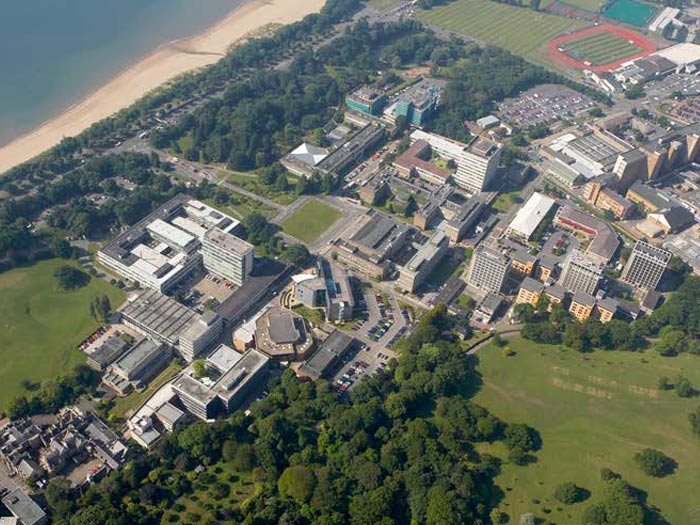
Short Description
Over £700,000 Targeted in Energy Cost Benefits
In early 2016, the University required an overview study of the best options for future low carbon heat and power at their Singleton Campus. The Campus, comprising of 160,000 m² buildings, has a District Heat Network (DHN) fed by an Energy Centre that in turn contains a 1.8 MWe reciprocating gas engine Combined Heat and Power unit (CHP).
- Date : 2017
- Categories : Building Solutions
- Client : Swansea University
The Estates (technical services) team worked in conjunction with the Energy Saving Trust and the Carbon Trust (via the Resource Efficient Wales scheme) to acquire the services of CR Plus. A starting point for the project was: ‘what low carbon heat and power strategy should the campus plan to implement over the coming decades?’
Singleton Campus Estate anticipates a potential high rate of change over the coming years in order to accommodate a planned expansion in student numbers. A large scale estates regeneration project is underway with the general aspiration known but detailed specifics/ and plans still under development.
Working with the Estates team it became apparent that delivering a meaningful strategy would need to include the principles of FLEXIBILITY and RESILIENCE against a range of external and internal factors. The strategic outcome is shown below:
- Phase 1 – Provides the basis for progression & quick savings
Resolving CHP issues, boiler issues & DHN interaction - Phase 2 – Provides savings & backup to old CHP unit
Install container based CHP for day use & backup - Phase 3 – Additional savings, backup & use residual heat
Further CHP for winter peak & use absorption chillers & ORC’s - Phase 4 – New Energy Centre
Use movable assets in new Centre
At both Strategic and Technical Engineering levels the individual CR Plus consultants have delivered the highest quality with their wealth of experience and expertise gained from a wide range of sectors being key in supporting our organisational goals.


